3-layer or multi-ply? Which is better?
When new player walk into flooring business and ready for buying from China, they always confused about which structure of floor to order.
Normally in China engineered wood flooring factory they sell 2 kind of structure flooring:
- Multi-ply (Multi-layer)
- 3-layer. (3-ply)
How are the 3-layer or Multi-ply Flooring being made?
3-layer Engineered Flooring is construction with grains running in different directions reduces the natural swelling and shrinking of the wood. The Surface layer Lamella is normally 3-4mm Sawn cut Premium Hardwood, with 9mm cross structure softwood pine and 2mm Back face poplar to achieve both Economy and Stability for the Engineered Flooring.
Multi-ply Engineered wood flooring is made up with 3-6mm Hardwood veneer + quality plywood structure. The plywood is normally cross structure with 1.5mm thick of each ply in odd number (5 layer, 7 layer or 9 layers.) and with the back layer same grain direction to the Hardwood veneer/lamellas.
So Which structure is good? Below is some of our experience of telling you the difference of them.
1. Flooring Specifications:
Multi-ply and 3-layer can achieve a lot of different specification of flooring. But Multi-ply is more durable so it can support thicker/thinner and small/larger sizes. While 3-layer flooring can only achieve a small range of sizes:
| Structure | Length | Width | Thickness | Veneer |
| Multi-ply | 300-5000mm | 70-400mm | 10,12,14,15,18,21mm | 0.6-6mm |
| 3-layer | 300-1900mm | 90-190mm | 14,15mm | 3-4mm |
Popular 3-layer Flooring specifications:
- 14/3 x 120 x 1200mm
- 14/3 x 190 x 1900mm
- 15/4 x 190 x 1900mm
Popular multi-ply Flooring specifications:
- 10/3 x 70 x 490mm (Herringbone)
- 10/4 x 90 x 450mm (Herringbone)
- 12/2 x 125 x 1200mm (Sliced/Rotary Veneer)
- 14/3 x 148 x 1860mm
- 15/4 x 190 x 1900mm
- 20/6 x 220 x 2200mm
- 20/6 x 260 x 2200mm
- 20/6 x 300 x 2200mm
- 20/4x300x4000mm
- 20/5x400x5000mm
2. Stability and Durability:
a. Plywood is stronger than softwood, So we normally consider multi-ply is stronger than 3-layer. One interesting craft: If you look at the two ends of the 3-ply floor, they are also with the plywood structure to guarantee the edge is strong enough not broken.
b. For 3-layer flooring, the veneer can not be very thick or very thin. If the veneer is thick, the bottom softwood may not able to hold it well so the floor is very easy to get bowed or warping. If the veneer is very thin, as the middle layer base is in “cross-direction” of the Top veneer, It’s easy to see “horizontal line” on the surface, which is quite ugly.
3. The cost
The cost of Multi-ply is not always expensive than 3-ply, it depends on the core of base:
Price from high to low:
Birch plywood (multi) > Newzealand Pine (three) =SPF > Eucalyptus plywood (Multi) > Chinese Pine > Poplar plywood (Multi) > Chinese Poplar/fir (three).
Introduction of different core:
Birch plywood become super expensive in these years, so it lost the advantages anymore. Even this one is the most stability option. Mostly used for heating system. and sometimes in high-end project if client don’t care about the price.
New Zealand pine / SPF 3-ply is normally made by foreign flooring factory, local chinese factory seldom use it. (Looks high-end).
Eucalyptus plywood multiply floor is the most popular one in Chinese factory because it’s affordable price and stable quality. It just looks not as high-end as birch, but works good.
Chinese Pine
If you want to buy a 3-layer floor and want to achieve a high-end look, you’d better choose Chinese Pine.
The poplar/fir wood is very soft and looks very rough on the edge. (I attached with photos) But Chinese 3-ply factory offer mostly this kind of base as it is the cheapest option.
Price compare:
For example:
With same size (15/4x190x1900), Unvarnished flooring (raw), Russian Oak, AB grade, FOB Price from Chinese factory (August 2021) will be roughly as below:
Multi-ply Birch plywood: US$ 39/m2
3-layer SPF: US$ 37/m2
Eucalyptus plywood: US$ 36.5/m2
Chinese Pine: US$ 35.5/m2
Poplar plywood: US$ 34.5/m2
Chinese Poplar: US$ 34.0/m2
These prices are only for reference, some of the multi-ply factory use very poor quality plywood, it can make the price US$1-2/m2 cheaper with a lot of over lapping and gaps and with none eco-friendly glue, it’s very dangerous.
Price also reply on if the factory have advantages of the High grading Oak veneers, if they keep large stock, their price will be stable at least half a year. If they just produce against coming orders, their price may be quite unstable and super high for AB grade. and quality sometimes good sometimes bad. But this is not related to our topic today.
Structure also reply on the regions of factory:
Normally South of China factories (Shanghai, Zhejiang, Jiangsu and Guangzhou) are producing plywood core flooring. Because plywood craft is mutual in these area.
While North of China factories always producing 3-ply structure. (mostly poplar wood) because they have rich resource of poplar wood forrest and some of them getting very tax free policy in cutting the polar tree. some of them are located at the border of China/Russia borders, which make them easy to purchase enough russian oak. So their price may will be US$2-3/m2 cheaper than South of China.
Some Eastern Europe factories have very cheap source of birch/pine/poplar, and sometimes very cheap russian/ukraine oak. so they are also in good price on 3-layer products. Actually Eastern Europe is the birth region of the 3-ply flooring. by the time it birth, it is called sandwich flooring.







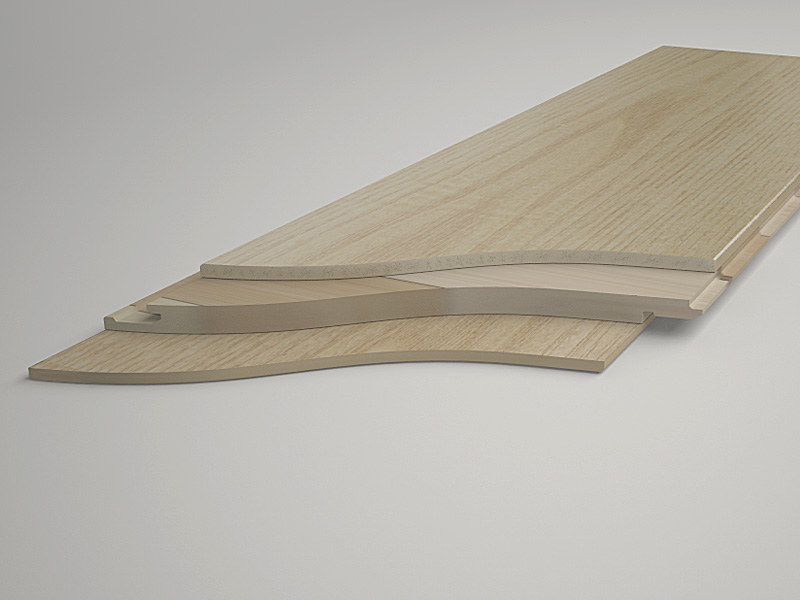
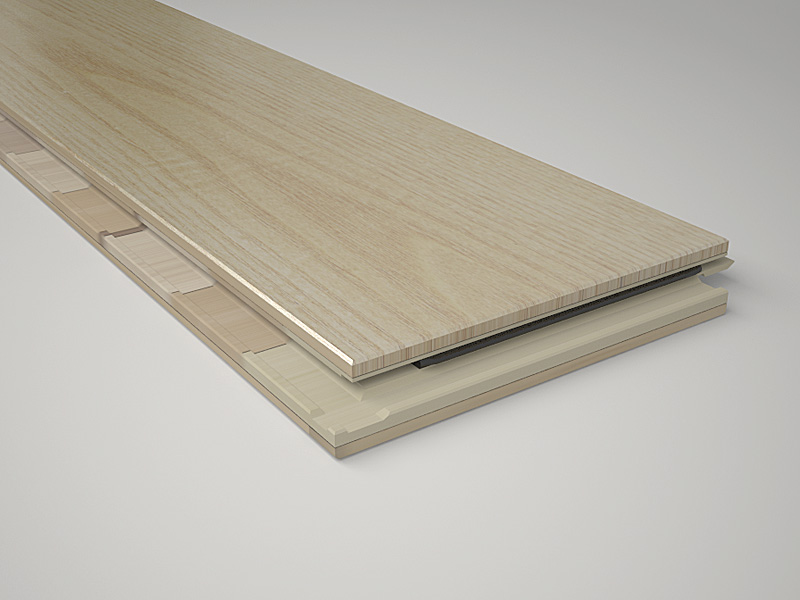
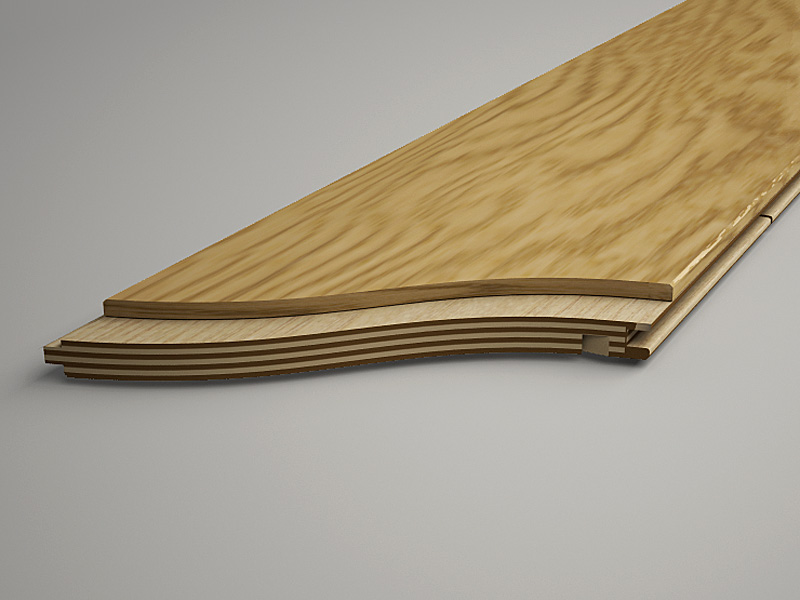
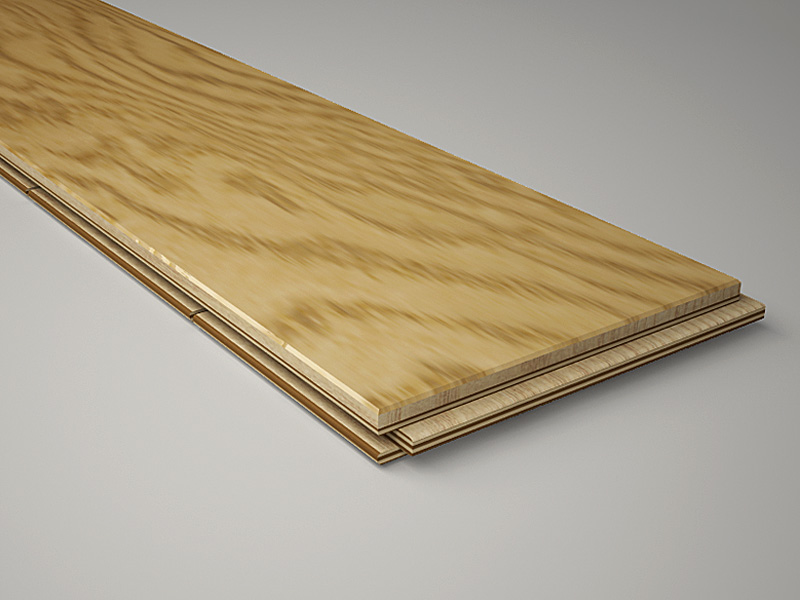
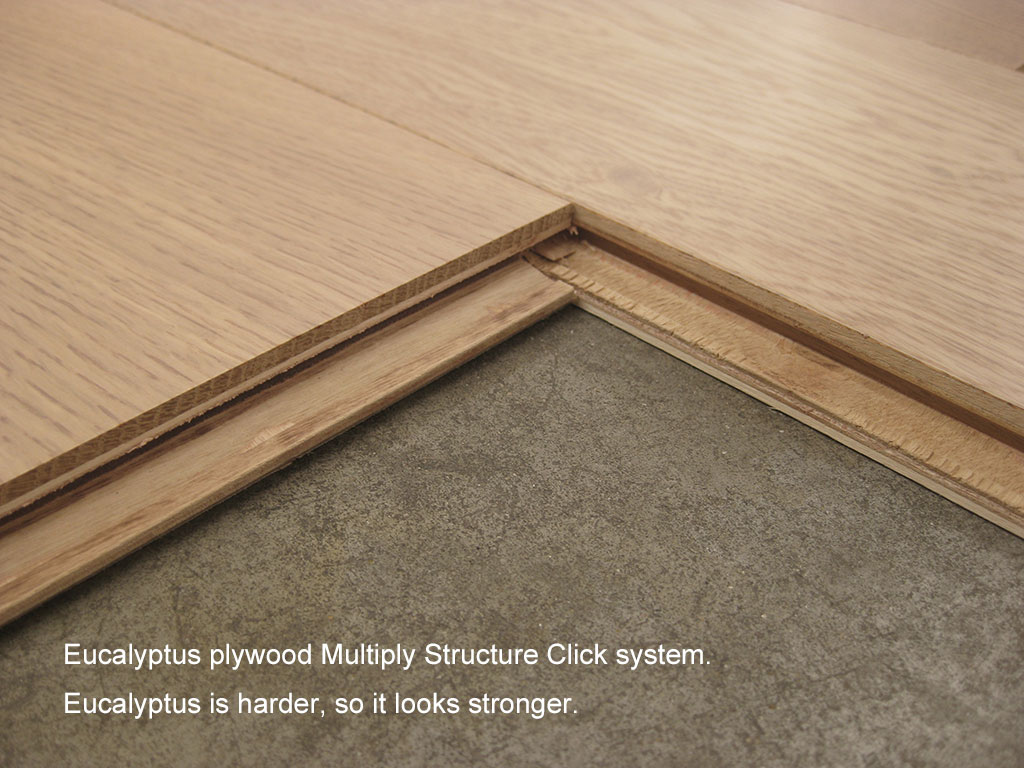
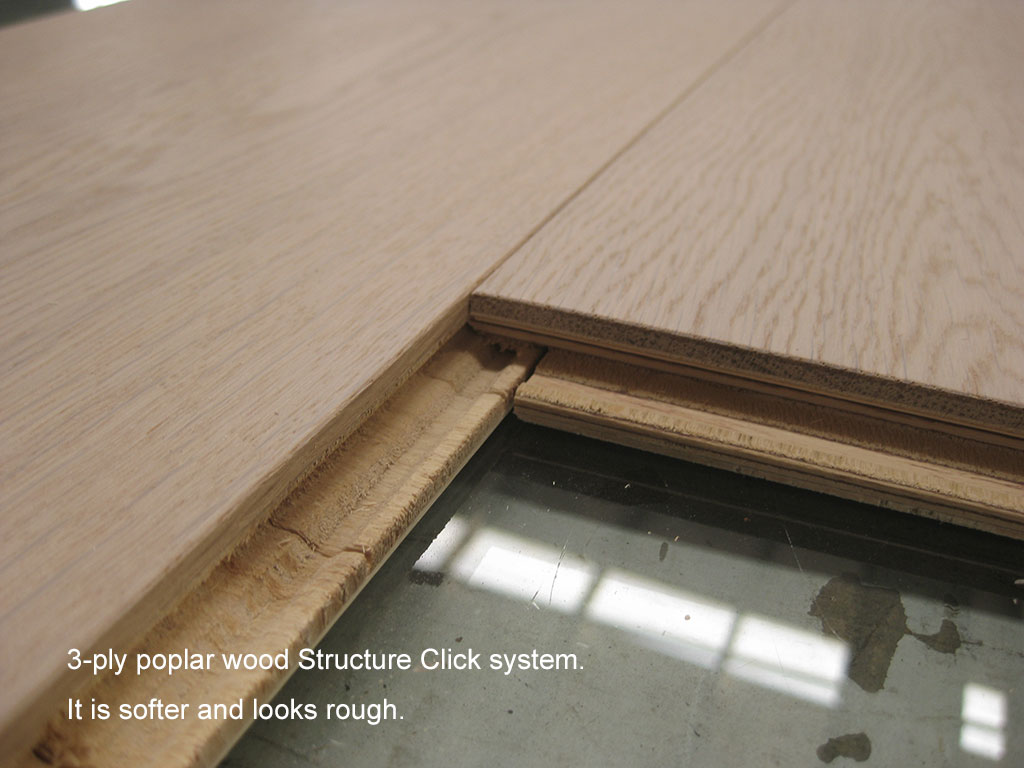
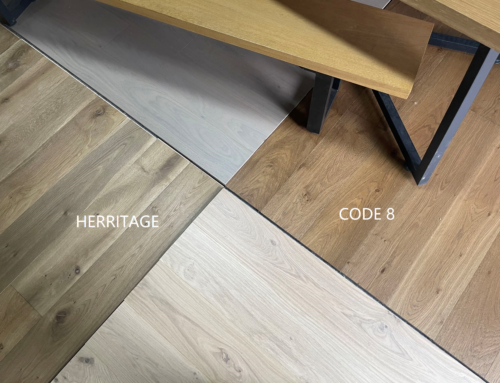
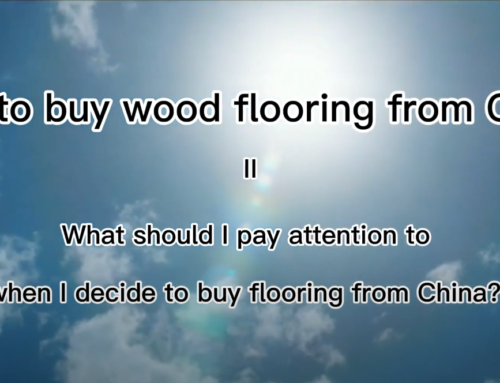
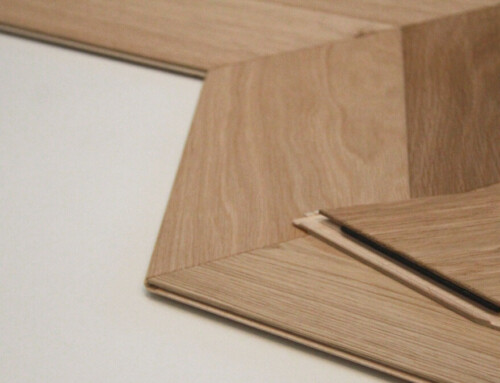
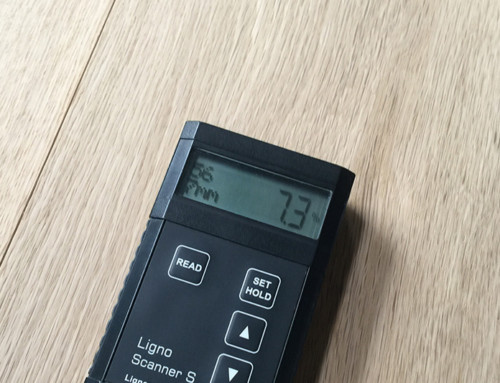
Hi Denny,
I am looking for engineered wood for my floor. I live in New Zealand. I have a sample of what I need, it is 6mm European Oak top layer and 15mm Russian Birch Ply backing. Bianco bandsawn White oil finish.widths 148, 189, 220mm. Lengths up to 2200mm.
Can you help me. I may visit China but want to find this product before I come.
Hoping you can be of assistance. Thank you Connie Walker
Thanks for posting this. Wood is a common choice as a flooring material and can come in various styles, colors, cuts, and species.
Great ! You have shared very nice and important content which is really important. And thank you very much for your advice regarding blog. Thanks for sharing